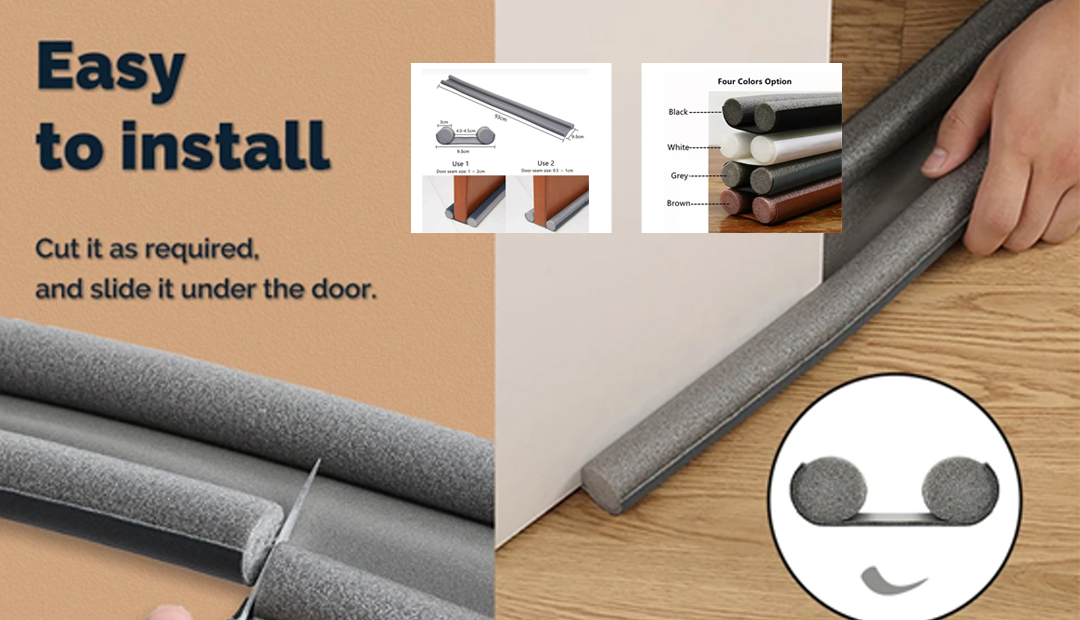Patio Door Weatherstrip Seal for Improved Energy Efficiency and Protection
Understanding Patio Door Rubber Seals Importance and Selection
Patio doors are a popular addition to many homes, allowing natural light to flood into living spaces while offering a seamless view of the outdoors. However, their functionality and the comfort of indoor environments can be significantly compromised without effective sealing. This is where patio door rubber seals come into play. In this article, we will discuss the importance of these seals, their various types, how to choose the right one, and tips for maintenance.
The Importance of Patio Door Rubber Seals
Rubber seals, often referred to as weatherstripping, are essential components of patio doors. Their primary role is to create a barrier against air and water leakage. Poorly sealed doors can lead to drafts, causing your heating and cooling systems to work overtime, which ultimately results in increased energy bills. Additionally, inadequate sealing can allow moisture to enter, contributing to mold and mildew growth, which poses health risks to residents.
Moreover, rubber seals also provide sound insulation, protecting your home from outside noise. This is particularly important in busy urban areas where street noise can be disruptive. In essence, the right patio door rubber seal not only enhances energy efficiency but also contributes to overall comfort and quietness within your home.
Types of Rubber Seals for Patio Doors
There are several types of rubber seals available for patio doors, each designed to address specific needs and preferences. Here are the most common types
1. Compression Seals These seals are made of closed-cell foam or rubber and are designed to compress when the door closes, creating a tight seal. They are highly effective in preventing air leaks and are commonly used for sliding patio doors.
2. Bulb Seals Featuring a bulb-like appendage, these seals compress against the door frame when closed. They are particularly useful for resisting water leakage, making them a great option for doors positioned in areas prone to rain.
3. Fleece Seals Often used in conjunction with other types of seals, fleece seals provide additional soundproofing and help to dampen vibrations between the door and frame. They are typically made from a synthetic material and can be a good choice for sliding patio doors as well.
4. Magnetic Seals These seals incorporate magnets to ensure a tight closure, effectively reducing air leakage. They are more commonly found in specialized doors and may require professional installation.
Choosing the Right Rubber Seal
patio door rubber seal

When selecting a patio door rubber seal, consider the following factors
- Compatibility Ensure that the seal you choose is compatible with your specific door type. Measure the dimensions accurately to find a seal that fits snugly without gaps.
- Material Quality Look for high-quality rubber that can withstand varying weather conditions. UV-resistant materials are also a plus, as they help prevent deterioration due to sun exposure.
- Ease of Installation Some seals come with adhesives for easy installation, while others might require more complex fitting. Assess your skill level to choose the right option.
- Functionality Think about what you need the seal for—whether it's primarily for insulation, noise reduction, or moisture control. This will guide your selection process.
Maintenance Tips
To ensure longevity and efficiency, regular maintenance of your patio door rubber seals is essential
- Inspect Regularly Look for signs of wear and tear, including cracks or detachments from the frame. Early detection can prevent larger issues down the line.
- Clean with Care Use a gentle cleaner and a soft cloth to remove dirt and debris from the seals. Avoid harsh chemicals that could degrade the rubber material.
- Replace When Needed If your rubber seal appears damaged or no longer effectively prevents air and water leaks, it’s time for a replacement. Investing in a quality seal can save you energy costs in the long run.
Conclusion
Patio door rubber seals are small yet mighty components that play a crucial role in maintaining the comfort and efficiency of your home. By understanding their importance, the various types available, how to choose the right one, and the best maintenance practices, homeowners can ensure their patio doors remain functional and inviting for years to come. Investing the time and resources into quality seals now will pay off in improved energy efficiency, cost savings, and enhanced home comfort.
-
Silicone Seal Strip: The Ultimate Solution for Your Sealing NeedNewsNov.01,2024
-
Keep the Heat: The Importance of Seal for Oven DoorsNewsNov.01,2024
-
Essential Guide to Corner Protectors for Your FurnitureNewsNov.01,2024
-
Enhance Your Home with Silicone SolutionsNewsNov.01,2024
-
Efficient Maintenance of Melamine Sealing StripsNewsNov.01,2024
-
Comparison of Different Edge Sealing ProcessesNewsNov.01,2024
-
Types of Door Bottom Seal Strips and Their Best UsesNewsOct.25,2024